
Utilising open strings can add new dimensions to basic chord progressions. This simple and effective technique has been used to great effect by players as diverse as Alex Lifeson, Jeff Buckley, The Edge and Ed Sheeran, to name but a few.
The approach works best when playing in a key that shares a lot of notes with the open strings, such as the keys of E and G.
Here, we’re taking a typical pop/rock chord progression in E major and looking at various ways to play the chords while keeping either the first or second strings open. Try playing through the chord chart using some of the shapes shown here.
Tip: treat these shapes like any other chord and spend time practicing some changes. Aim to fret each string on your fingertips so that you don’t mute out open strings.
E chords

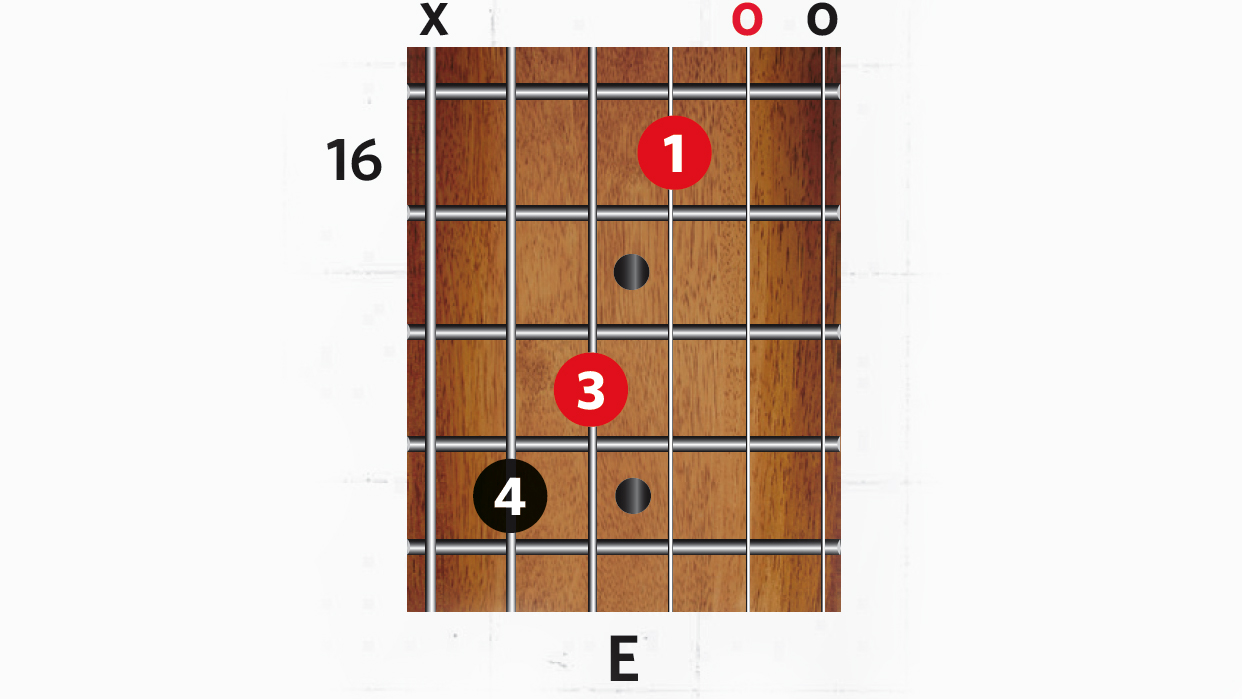
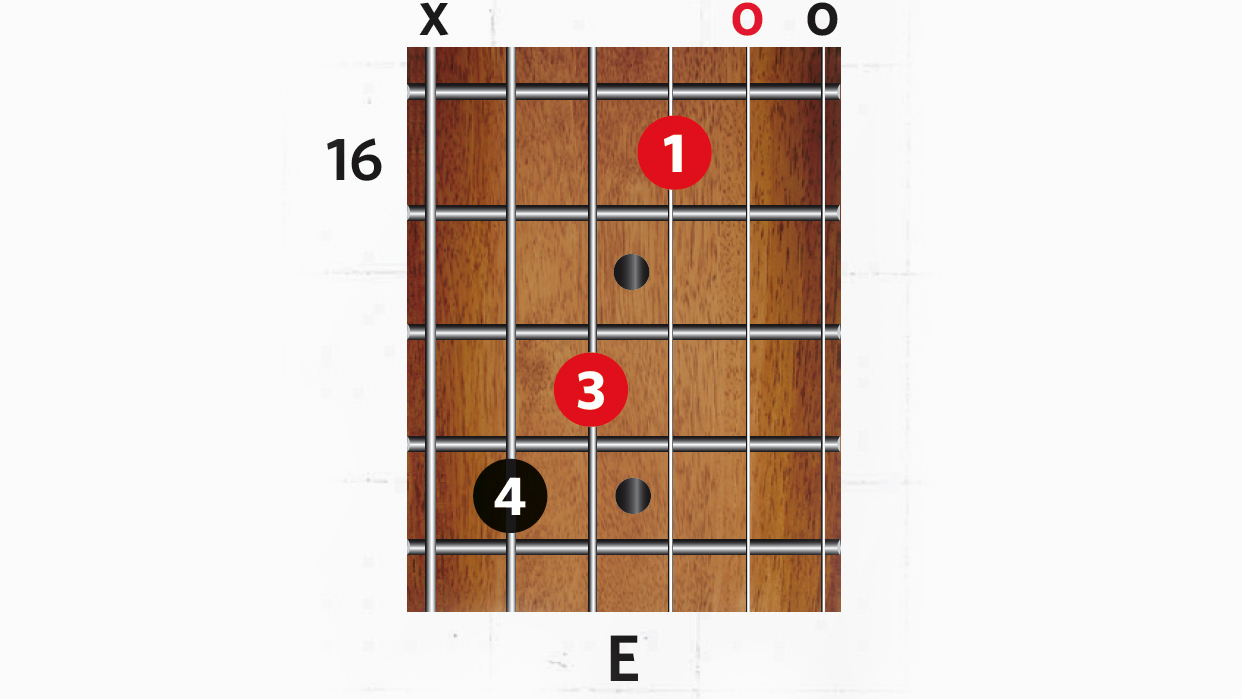
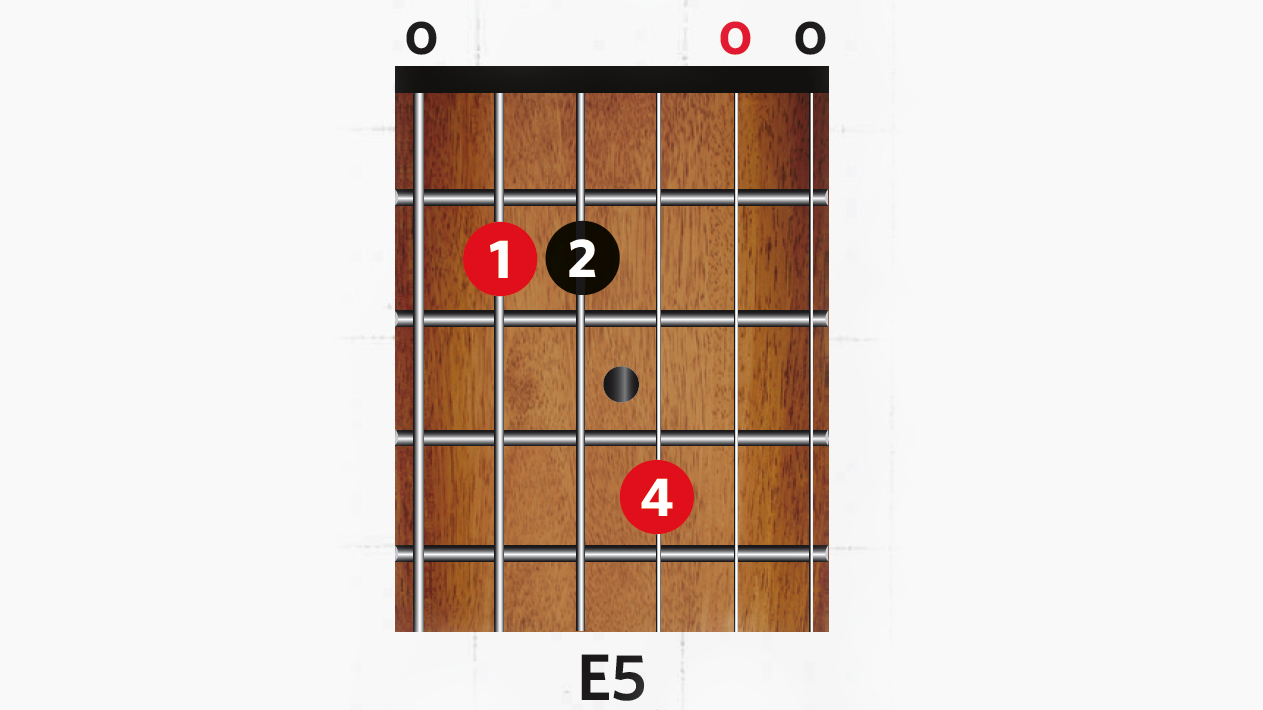
B chords
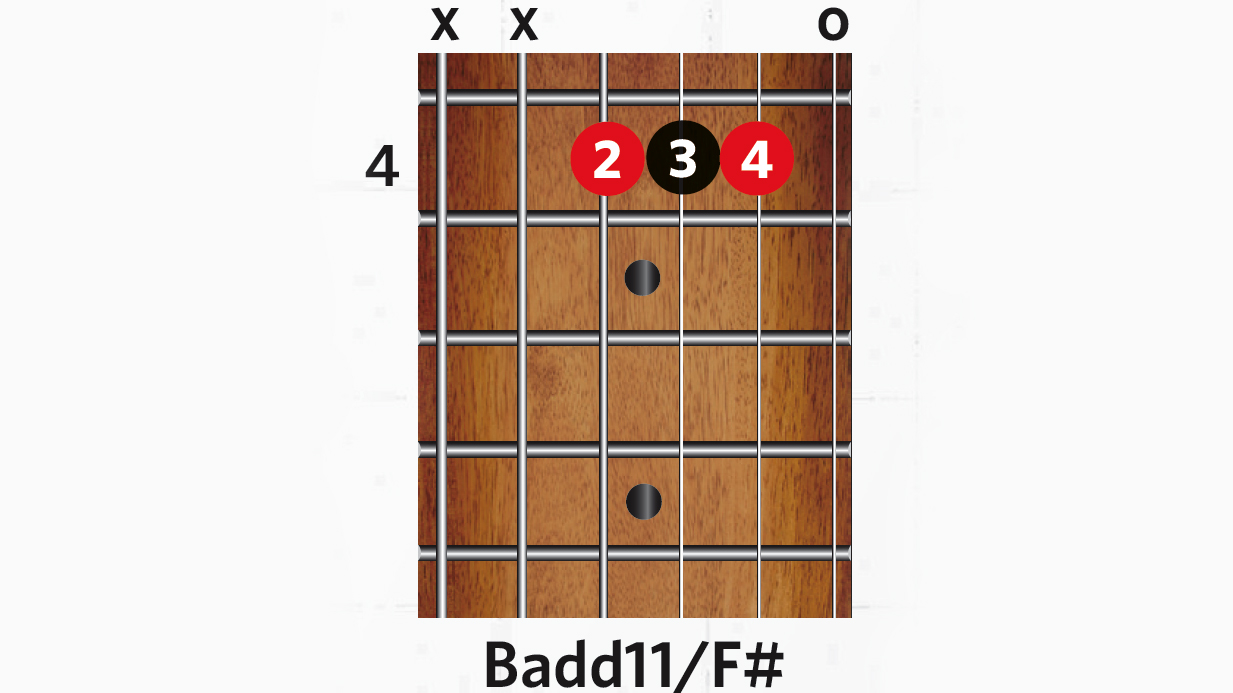


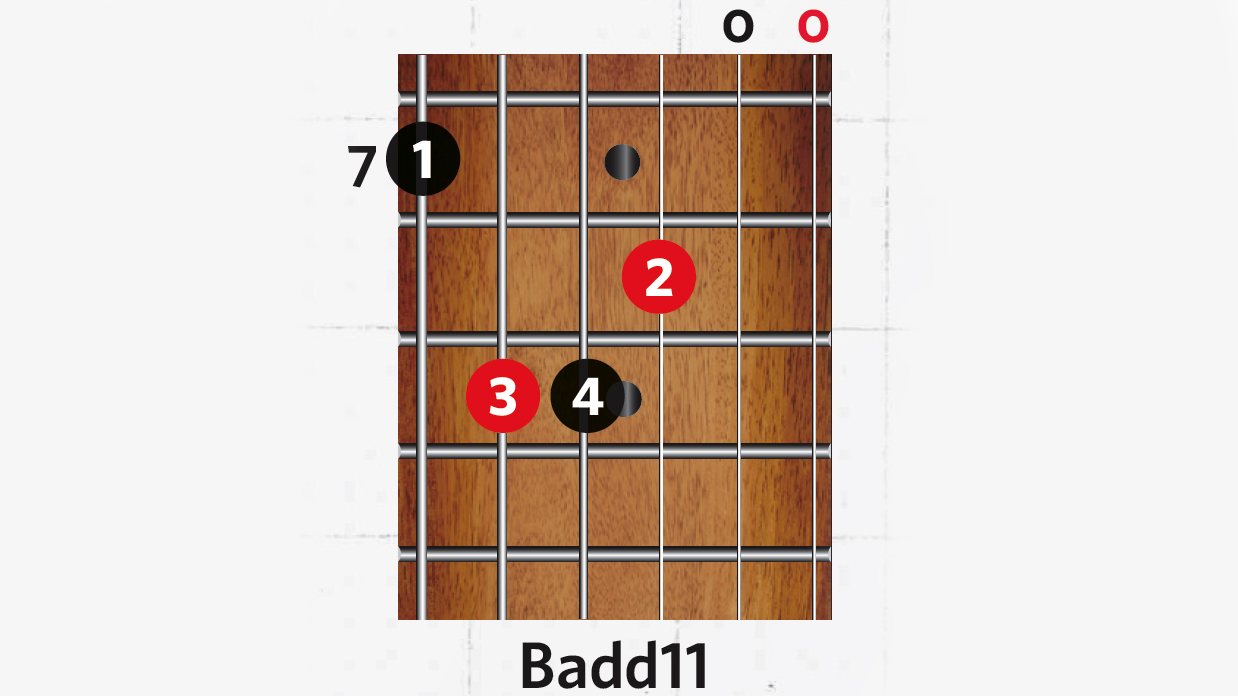
C#M chords
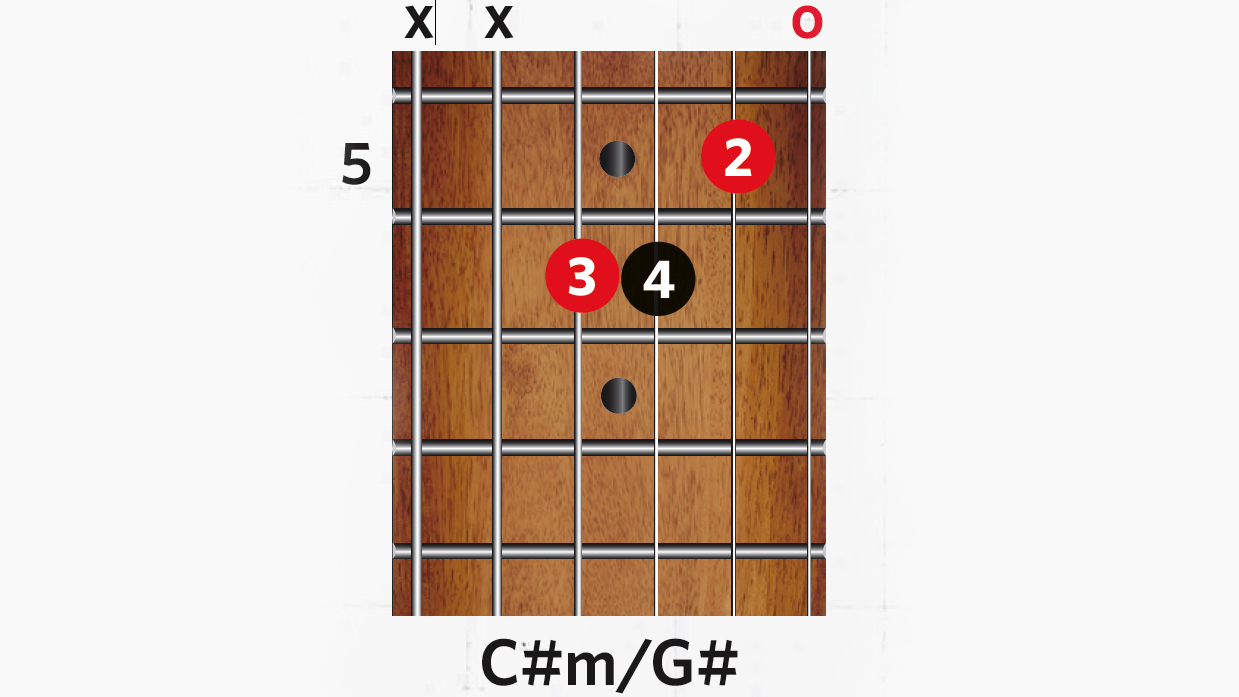
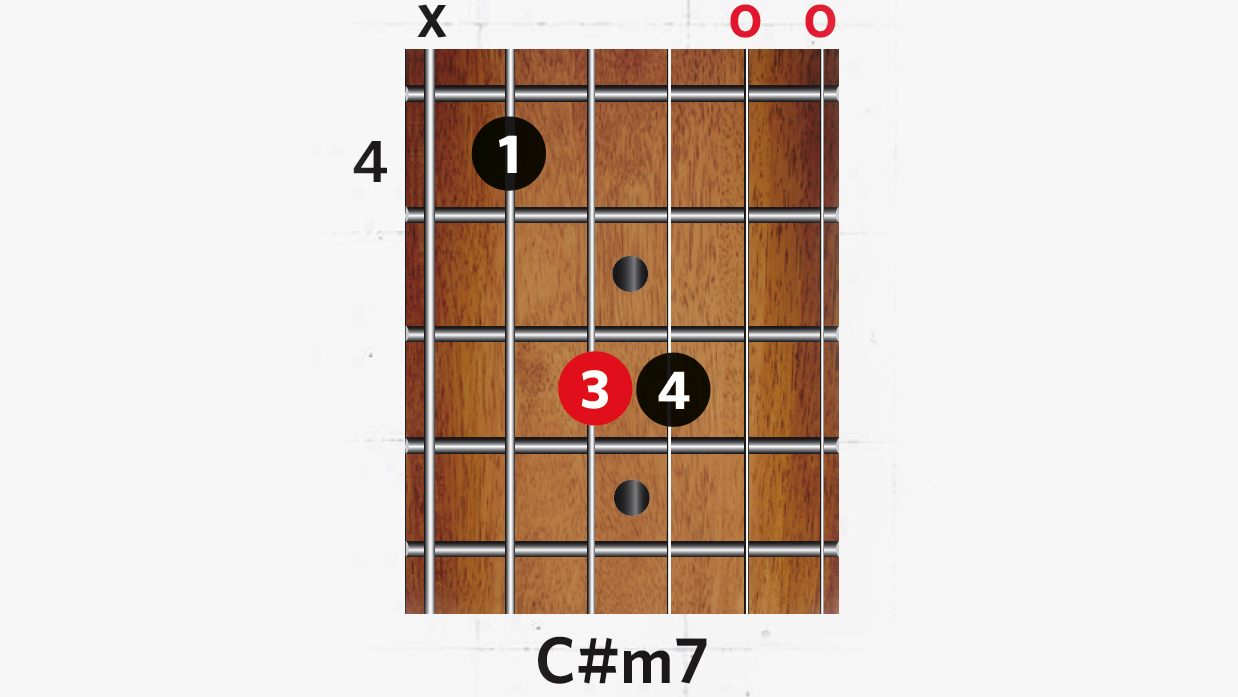
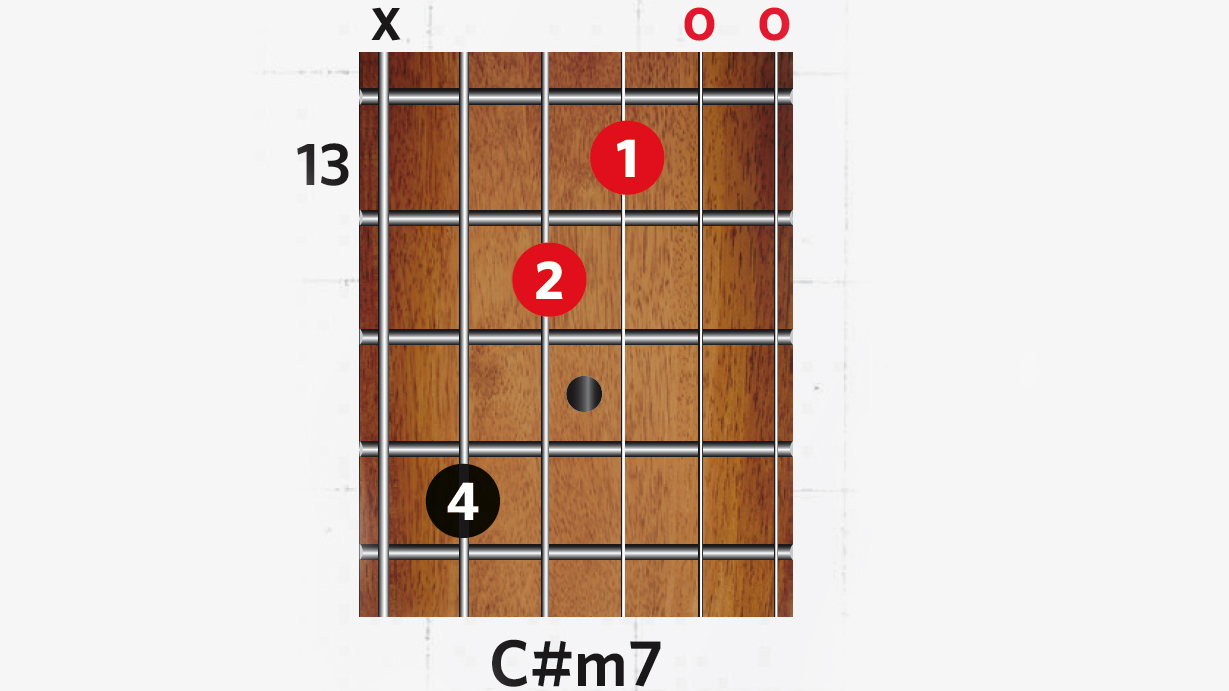

A chords



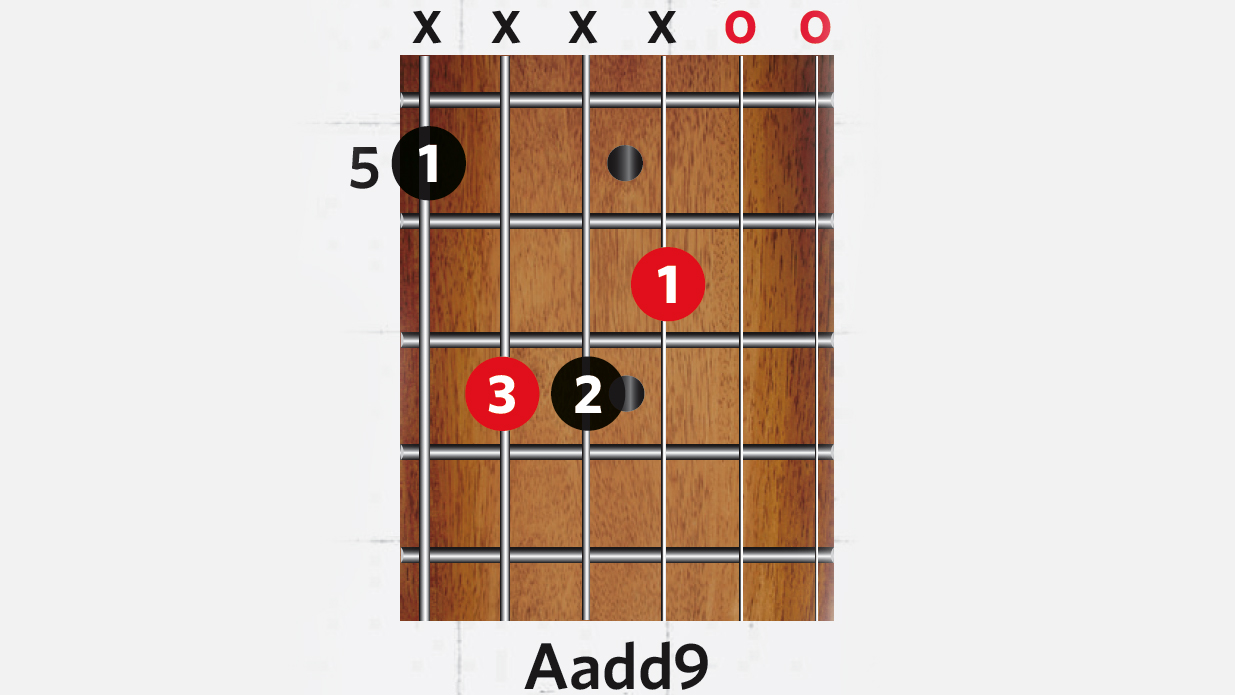
Mix and match the chords over the backing track
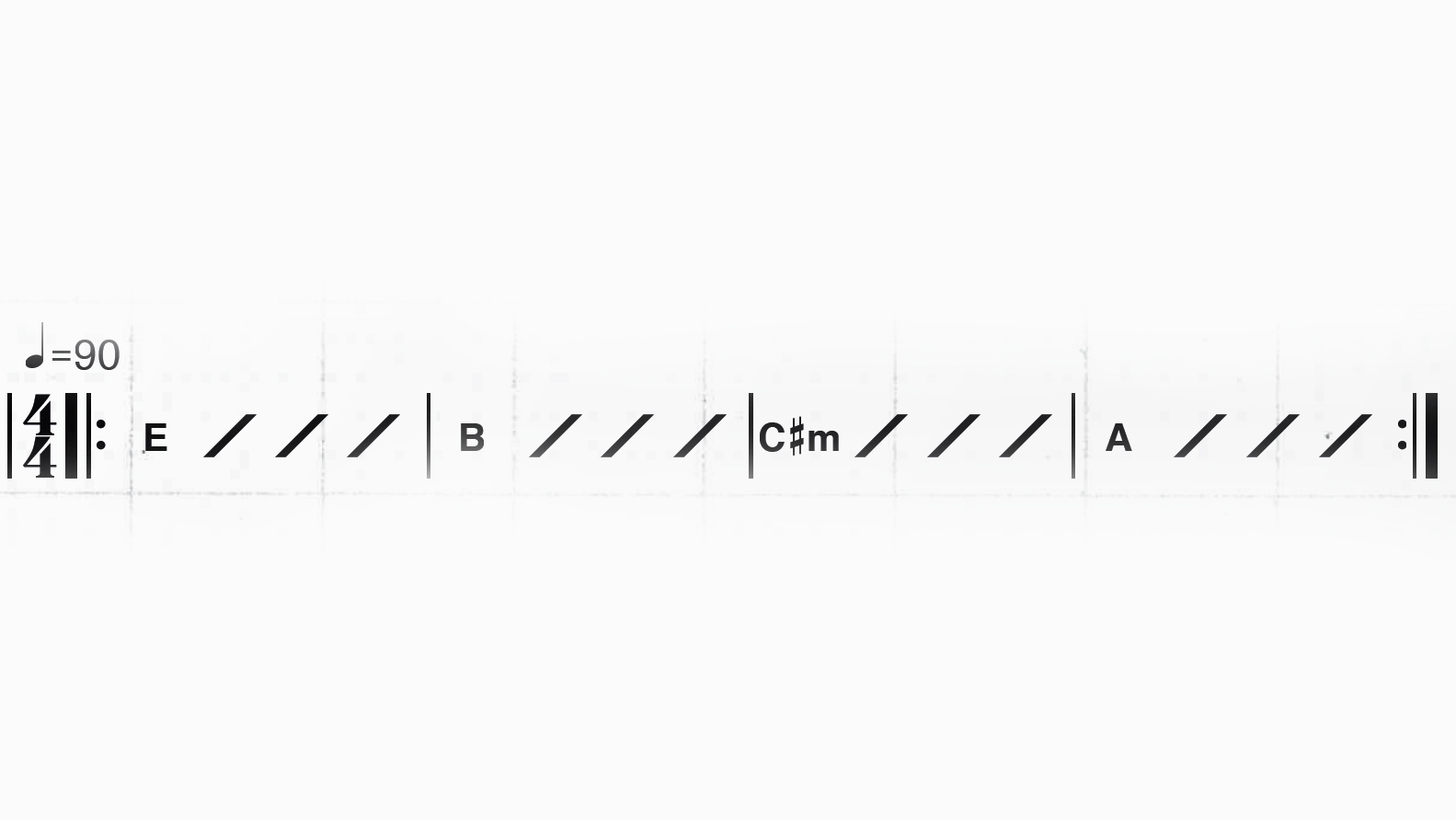
As they ring against the fretted notes, the open strings are crucial to the sound and feel of these chords. Practise each chord first by strumming, then picking each string individually to check that each note is clean. When you’re ready, try mixing and matching the shapes above with the chord progression over our backing track.







